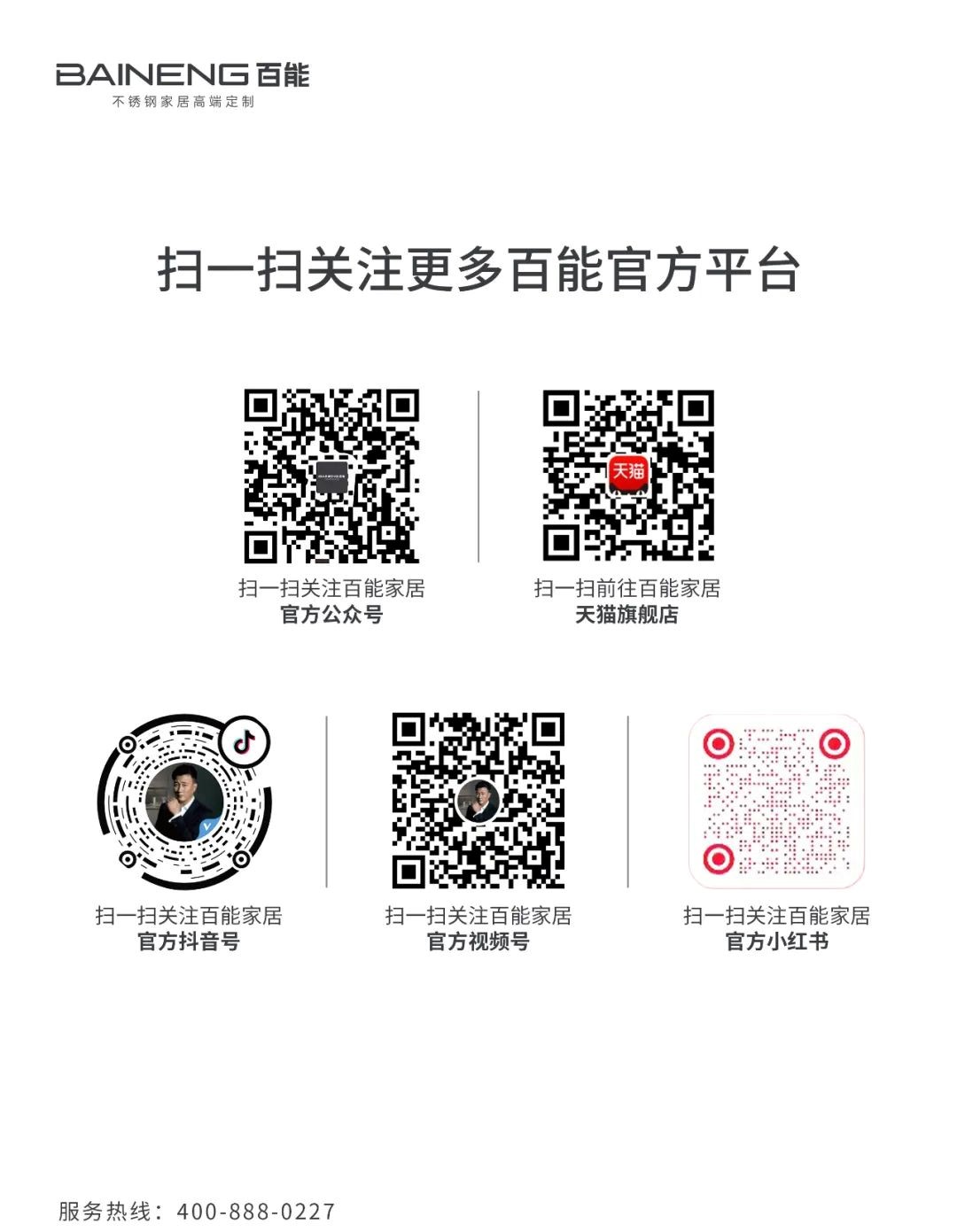Recently, according to data released by the international authoritative research organization Euromonitor, Baineng Stainless Steel Cabinets have secured the top spot in national sales for two consecutive years with nearly 1/3 market share. This achievement not only reshapes the brand landscape of the stainless steel cabinet sector but also signifies the category's transition from "marginal exploration" to the "mainstream consumption" era.

As the traditional home furnishing industry falls into the quagmire of homogeneous competition, the stainless steel cabinet sector has grown against the trend at an annual rate of 30%, becoming the most eye-catching "phenomenon-level track" in the home field in recent years. According to Euromonitor, the market size of stainless steel cabinets in China surpassed 20 billion yuan in 2023, an increase of more than 230% compared to five years ago. The high-speed growth is driven by the combined effect of consumption upgrades and the demand for renovation of existing homes—consumers' focus on health, environmental protection, and durability is steering home consumption from "price sensitivity" to "value priority."
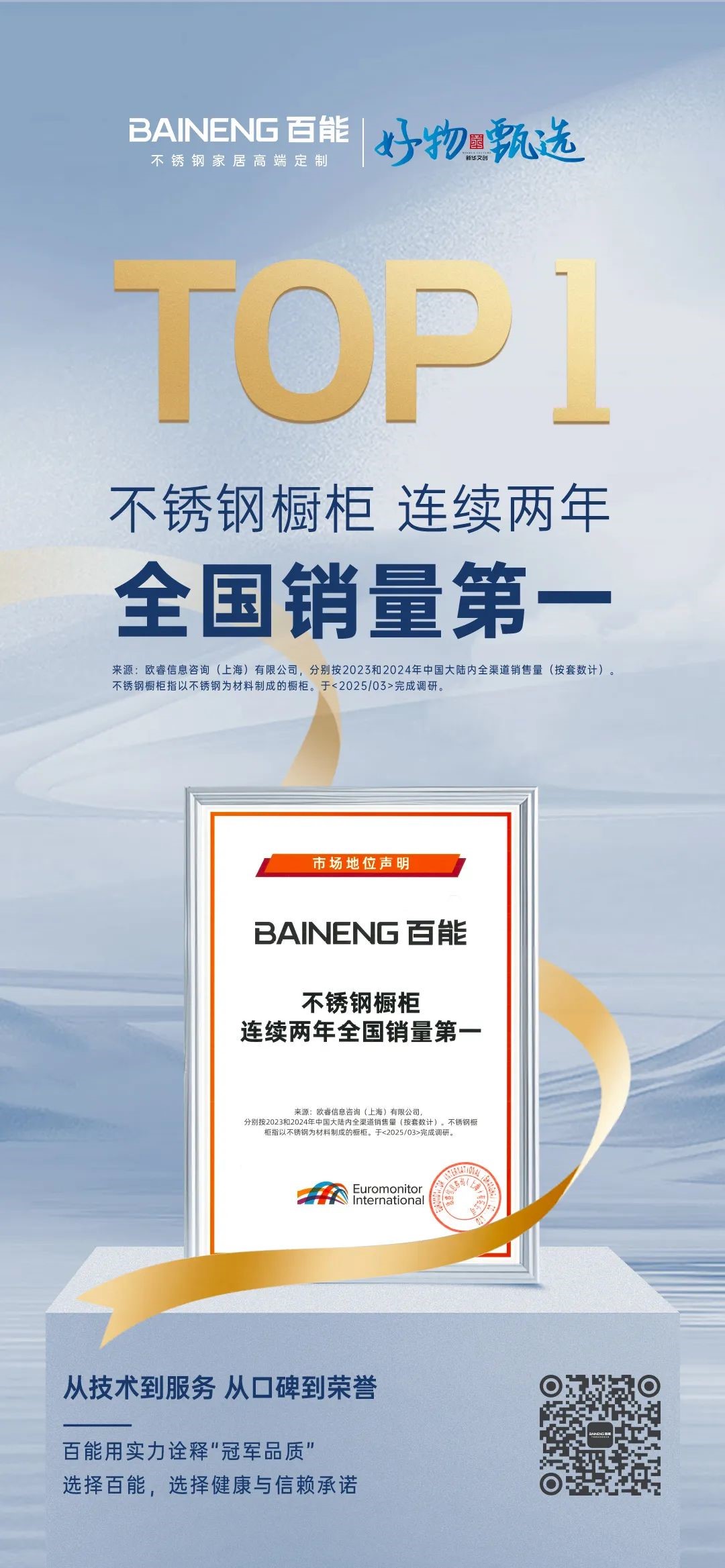
Compared with traditional wooden cabinets, stainless steel cabinets' characteristics such as moisture resistance, antibacterial properties, and environmental health perfectly meet consumers' demands for a "healthy kitchen." Especially in the humid regions of the south, the pain points of traditional wood panels prone to mold and deformation are thoroughly solved. This material advantage was a key entry point for Baineng in the early market. Industry data indicates that in 2023, 47% of the demand for existing home renovation involved kitchen upgrades, with the penetration rate of stainless steel cabinets jumping from 12% in 2021 to 28%. Clearly, this sector has transformed from a "niche category" to a "mainstream choice."

As the pioneer of stainless steel cabinets, founder Hu Shuangxi introduced this material into the cabinet field as early as 2006, inspired by "stainless steel tableware." Over the past 19 years, Baineng has gradually established technical barriers through continuous technological iteration (such as mortise and tenon structure innovation and antibacterial process upgrades) and production capacity layout (100,000㎡ Industry 4.0 smart factory). While other brands are still exploring stainless steel processing technologies, Baineng has achieved a transition from "single-category cabinets" to "whole-house stainless steel customization," capturing the track dividends first. Currently, Baineng has over 400 dealer stores nationwide and 18 flagship stores in 45 countries overseas, establishing a global supply chain network and rapidly expanding its market territory.
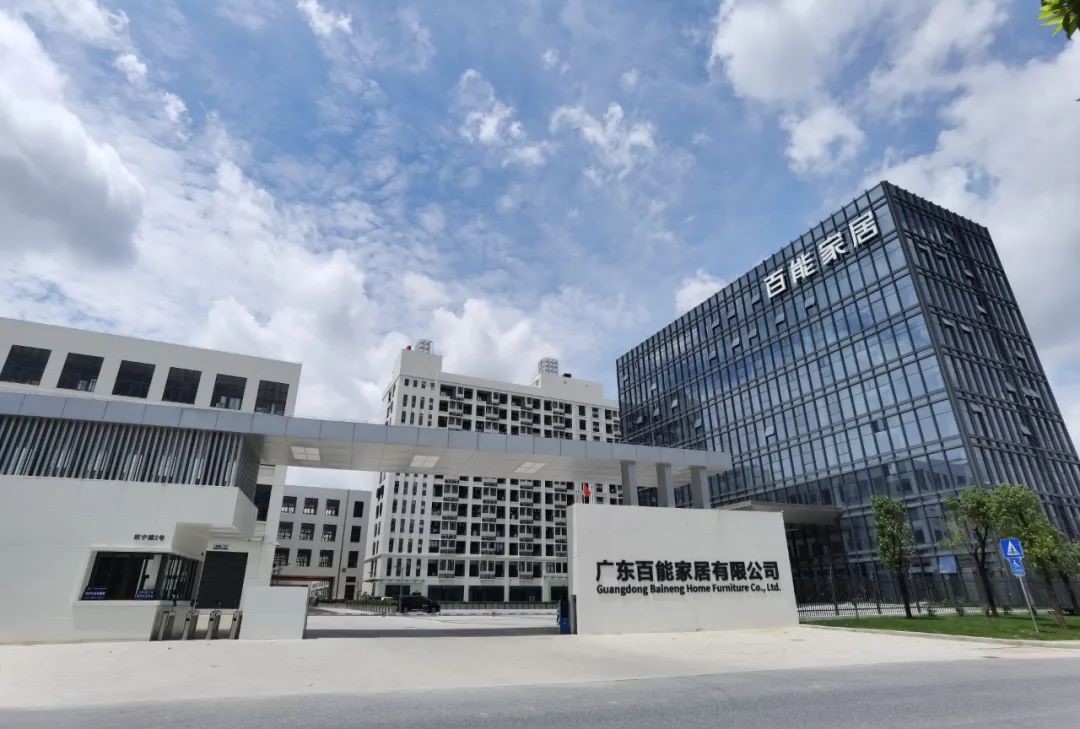
In the era of consumer sovereignty, user demand has upgraded from "usable" to "easy to use and pleasing." Baineng's two major product strategies precisely respond to this trend:
Functional Innovation: Integrate natural elements into minimalist design, allowing residents to feel the tranquility and beauty of nature in purity. By rational planning, address the contradiction between storage and aesthetics; achieve maximum space utilization through modular design; use the golden ratio to interpret spatial rhythm.

Health Commitment: Select 304 food-grade stainless steel, CIAA certified antibacterial technology, 10-year warranty, 50-year durability promise, directly addressing consumers' anxiety over "long-term value."
Building user loyalty often depends on after-sales experience. Baineng's "Five Heart Service" system (heartfelt, attentive, meticulous, patient, enthusiastic), along with differentiated services such as "24-hour old cabinet renewal" and "lifetime free hardware replacement," convert one-time transactions into long-term trust. Data shows that Baineng's old customer repurchase rate is as high as 35%, far exceeding the industry average of 18%. This "service as product" philosophy gives the brand a leading edge in stock competition.
After the implementation of the national "old for new" policy in 2023, Baineng actively participated. This not only lowered the consumption threshold but also amplified the popularization effect of stainless steel cabinets through policy leverage. In pilot cities such as Foshan and Hangzhou, sales driven by the policy increased by more than 200% year-on-year, verifying the strong driving force of the "inclusive strategy" for market education.
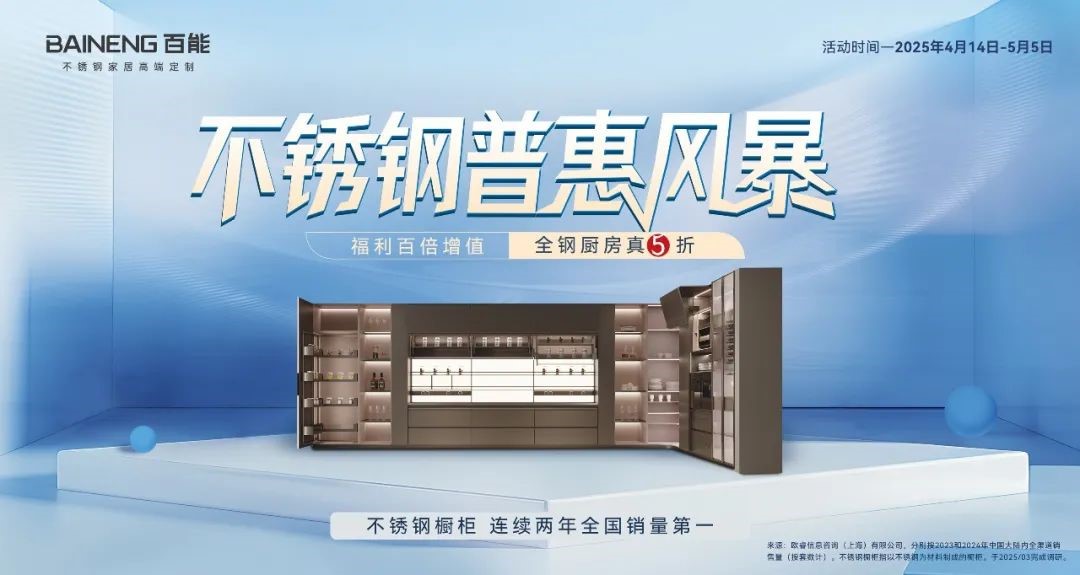
In the Zengcheng Industry 4.0 super factory, the combination of Salvagnini's intelligent production line and a full-chain digital system allows Baineng to achieve the dual breakthrough of "10-day rapid delivery" and "annual capacity of 1.5 billion yuan." With flexible production, its SKU combination can reach 200+ types, meeting both large-scale orders and personalized customization needs. This "quick response ability" is the core competitiveness to address the fragmented demand of the stock market.
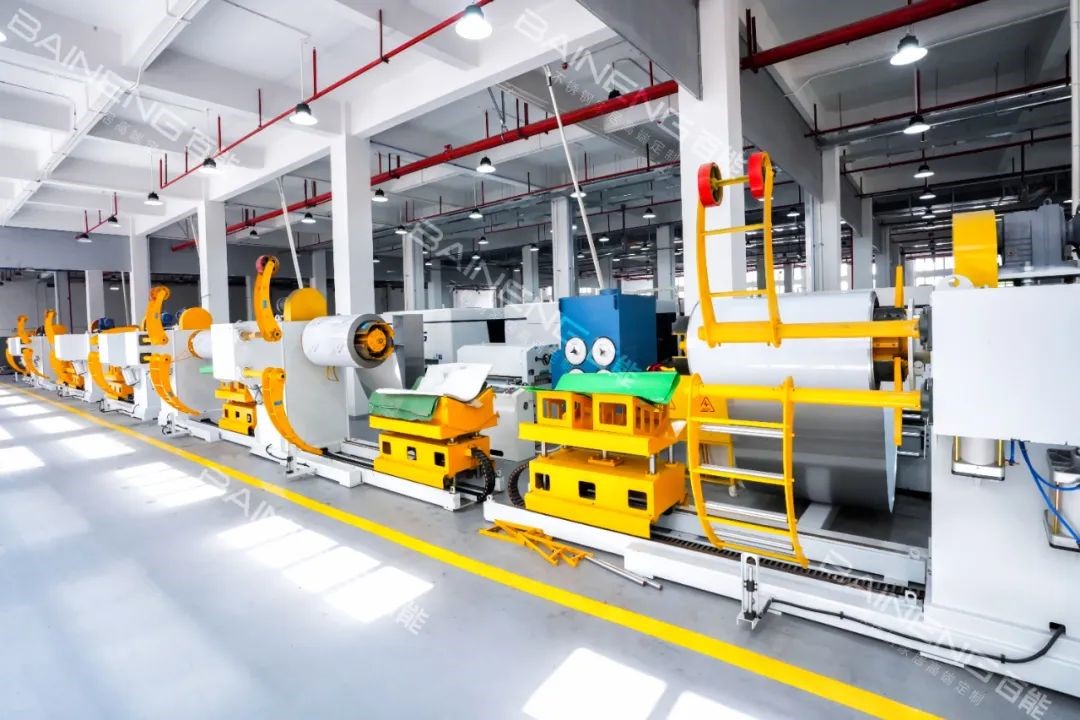
The hallmark of an industry leader often lies in whether it can dominate standard setting. As the chief editor of the "Technical Specifications for the Application of Home Stainless Steel Integrated Cabinets," Baineng promotes the industry from "empiricism" to "technical normalization." Its leading antibacterial performance evaluation system and connection process standards are becoming general rules in the industry. Baineng's innovative technology has broken through 159 industry patents, further consolidating its market discourse power.
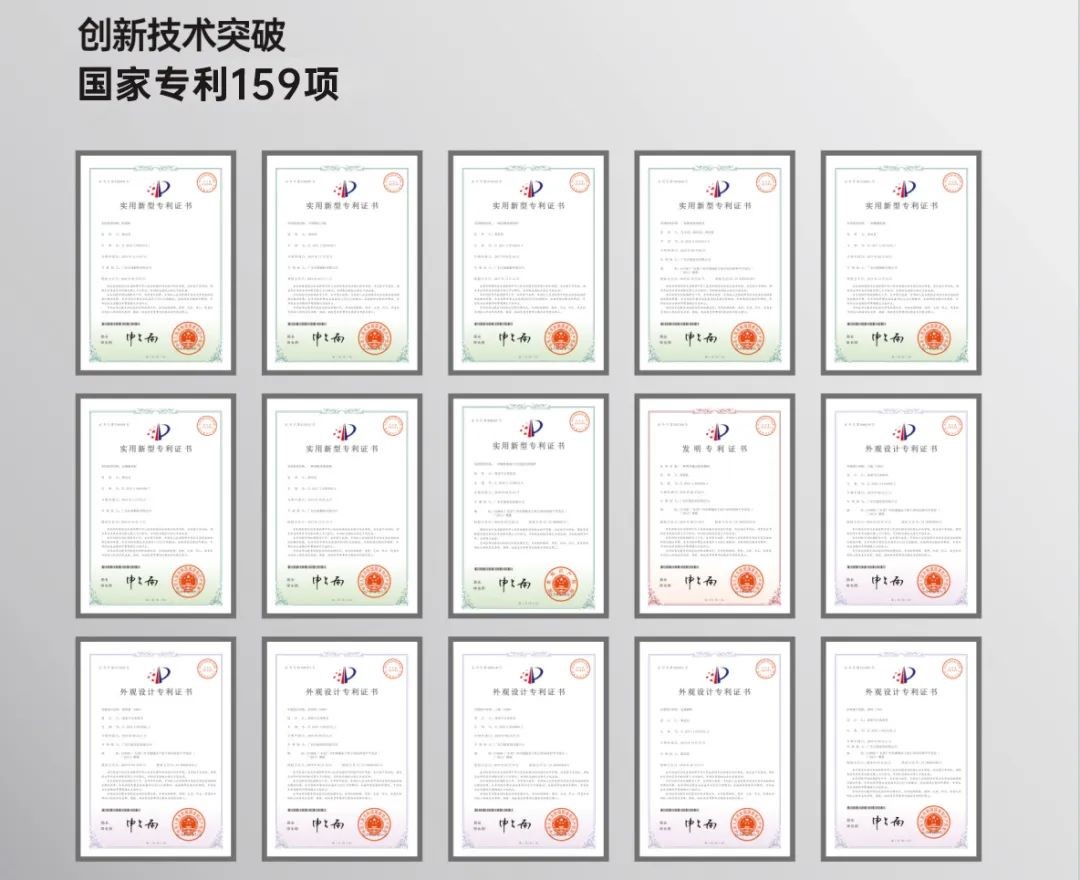
From single cabinets to covering 8 major spaces for "whole-house stainless steel customization," Baineng has built a closed product ecosystem. This layout not only increases the guest unit price (whole-house order average price is 3-5 times higher than a single product) but also enhances user stickiness through scenario-based solutions. Meanwhile, strategic cooperation with Xinhua Net’s “Good Selection of Goods” and the continuous creation of annual IP events (such as 916 Antibacterial Festival, 315 Quality Living Festival, 518 Stainless Steel Cabinet Festival, and User Service Season) allow the brand to leap out of the product logic and instead deliver the value proposition of "healthy home living style."

Baineng's continuous leadership is essentially a victory of "precise positioning and systematic operation":
Track choice is more important than short-term growth: When traditional customized home furnishing is trapped in involution, bet on the stainless steel sub-sector and exchange time for space;
User value is greater than technical brilliance: Convert material advantages into perceptible health commitments and build competitive barriers with services;
Industry thinking surpasses product thinking: From intelligent manufacturing to standard setting, from single products to ecology, always layout with an industry chain perspective.
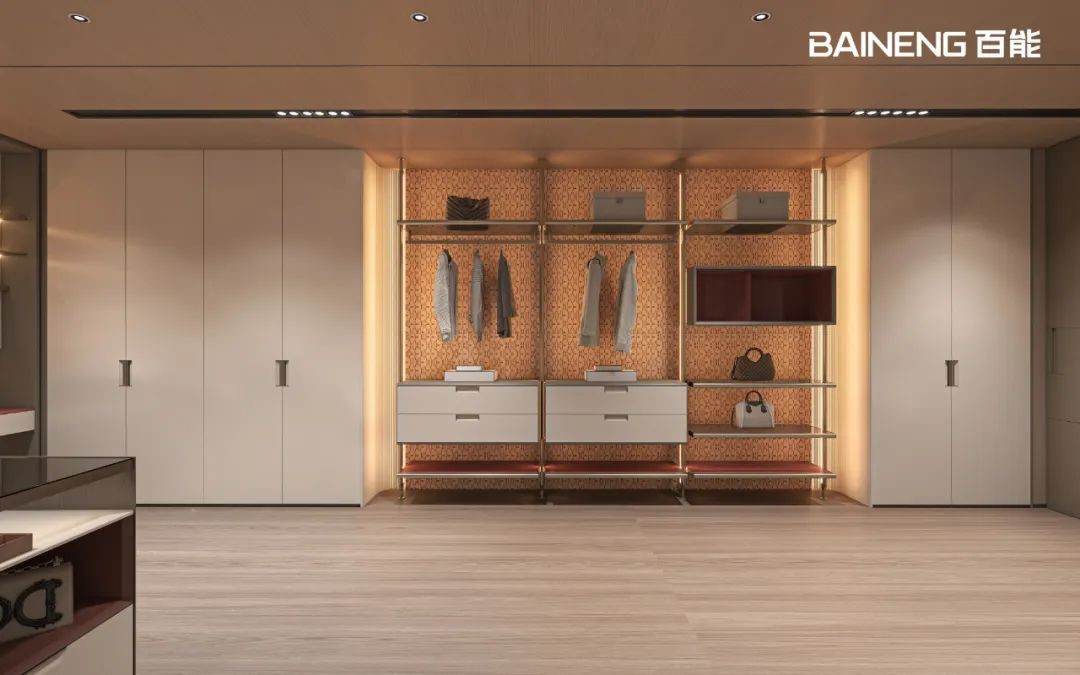
Currently, the penetration rate of the stainless steel cabinet market is still less than 30%, and it may usher in an explosive period in the next three years. For the industry, Baineng's case proves: In stock competition, the real winner is not "doing more" but "doing more accurately and deeply." When more and more brands flock to this sector, only those companies that deeply integrate user needs, technological accumulation, and industry vision can cross the cycle and continue to lead.
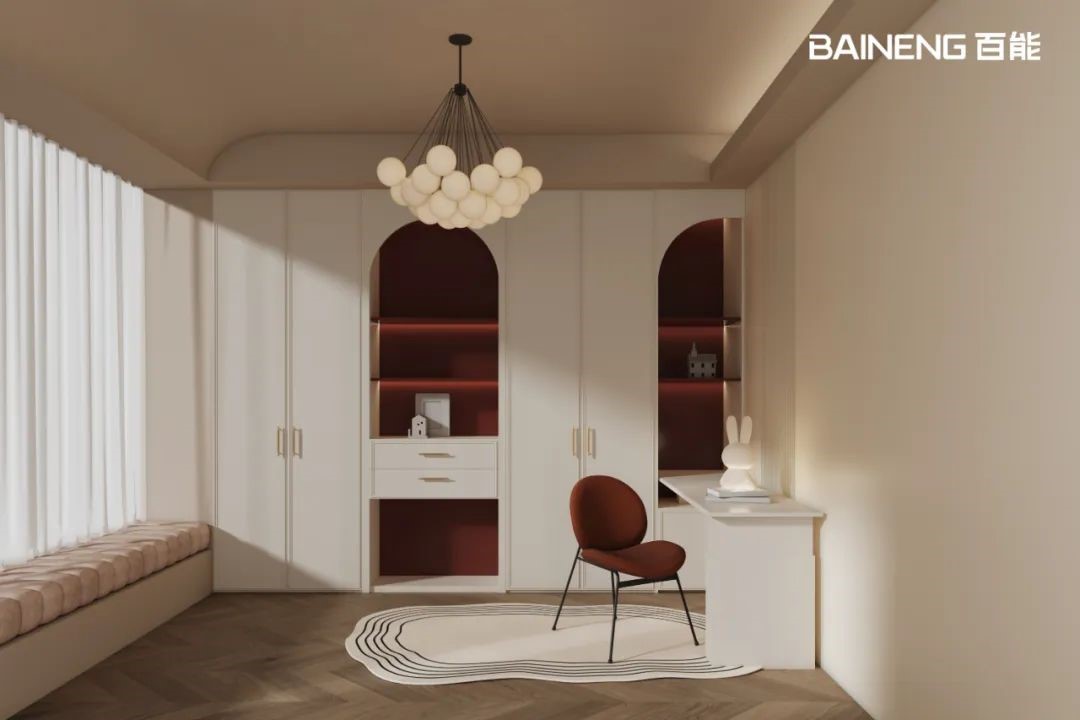
Industry transformation is never short of imitators, but it requires more "definers." Baineng's two consecutive championships are not only a microcosm of the rise of the stainless steel cabinet sector but also provide a sample for the transformation and upgrading of the home furnishing industry—in the red ocean, opening up a blue ocean requires not only courage but also a complete system methodology. In the future, with the deepening of the ESG concept and the popularization of intelligent manufacturing, this competition about "healthy home" may reshape the entire industry's value coordinate system.
